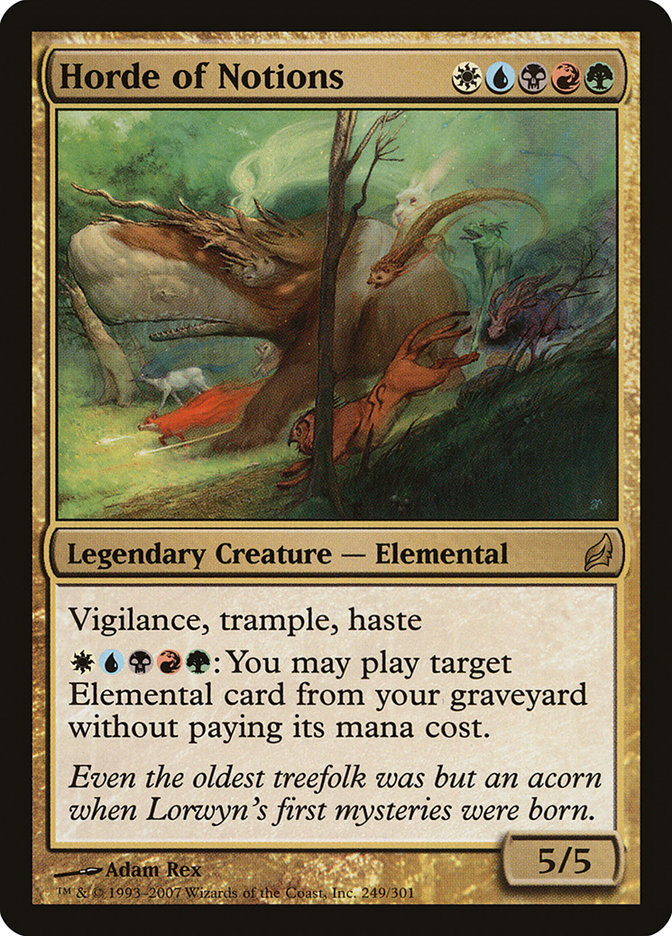"Magictating” is defined as getting into the zone with your Magic the Gathering collection--thinking, planning, organizing, reminiscing about past games, and imagining future games. It is a combination of hard thinking about the game and calm meditation, reveling in the joy it brings you.
The best part of building your cube is making all the fun decisions. In the first article of this series I introduced many of the concepts and rationales behind the basic choices you will be making while building a Commander Cube. In this article I’ll be outlining how to go about making the types of decisions you’ll need to make. I’m going to provide some guidance and my own rules for building a Commander Cube, but in the end I hope you don’t think that I’m demanding you must build it my way. Ultimately, it is your cube. Build it and your friends will come; build it and you’ll have countless Commander centric memories to look forward to!
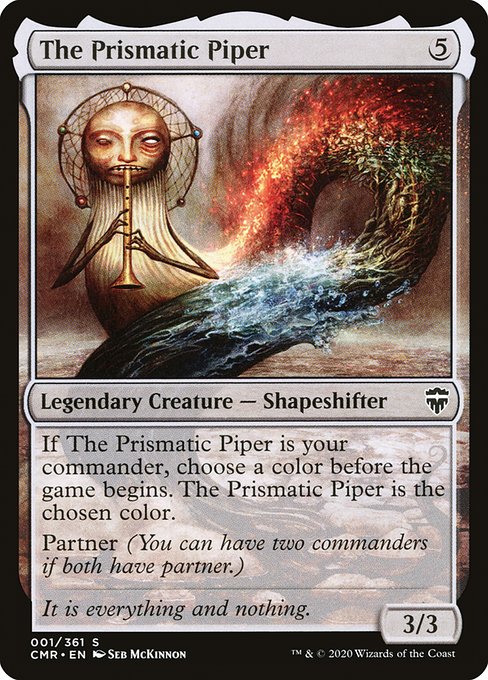
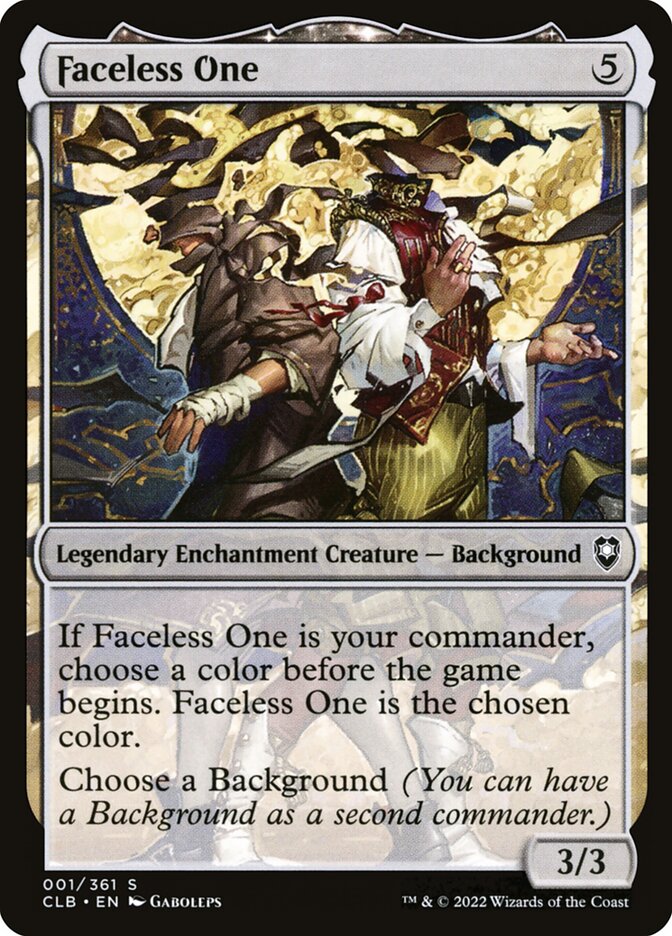
I think the best way to begin building your cube is to determine the types of commanders you want to run. Is this a cube that will demand people build around the commanders, or will it merely offer commanders that allow access to colors? This is important, as when you build a cube centered around the mechanics of each commander option, then building the rest of your cube gets a bit easier from here. Namely, you know which archetypes you’ll be supporting, so you’ll know what types of cards to work into your cube. Before I get too far ahead, let’s start with wrapping up the commander selections. If you want a commander cube with good variety, then I suggest you make your cube using 500 cards total. You’ll need to make sure that you include about 95 or so legendary creatures. I like to use 96, as it provides plenty of options and even when you seed your packs (like I do) with 3 commander apiece, you end up with a few extra random legends in the regular slots of some packs as well. My friends and I have done many drafts, and I’m the only one who had to rely on luck in the last pack to snag a commander in the colors I needed. I think that as long as you include Prismatic Piper and perhaps even Faceless One you can guarantee that people will always be able to snag enough playable cards to build a deck.
Determining What Number of Cards go Where:
Filling out the rest of the cube becomes a simple mathematical problem from here, and that’s coming from an English Major. With 500 cards to start with, we now have selected 80 multi-color legends so we have only 420 cards left to include. If you consider that you will be adding another 3 legendary creatures in each color to bring your legendary total up to 95, then you are down to 405 cards left to include. Now, with only 405 slots remaining we can split those up among the 8 categories that are remaining: multi-color, artifacts, lands, and the five colors. I prefer to keep the number of multi-colored cards low, as it helps with separating out commanders later on, and that way when people see a multi-colored card they know it is a signal for an archetype—multi-colored spell or permanent or a legendary creature to helm the deck. This usually means I only add two or so multi-colored cards in each color pairing or triple color. I avoid four-color legendary creatures to keep people away from the “just draft good stuff” nonsense. Sorry for the digression, so if we add those 3 multi-colored cards for each color pair for a total of 30 more cards, plus the aforementioned 80 other legendary cards, then we already have 110 multi-colored cards in the cube. That means we can easily give 50 cards to each of the five colors, and then split the remaining 115 between the lands and artifacts. If you’re struggling to because you want it to be even, then I would suggest adding one five color legendary creature to make it 114 to split between the two. I would suggest either Karona, False God or Horde of Notions.
How to Choose What Cards Go in Your Commander Cube:
The next step in the process of building your cube is to simply meet the quota for each of your colors, color pairs, color wedges/shards, lands, and artifacts. Now that you know how many of each you are aiming to include you can easily determine what cards you want to include. The first thing I would look to do in helping to narrow down what your cube will be like is to choose what archetypes you want to support. One of the most important elements is creating fun archetypes for draft. This allows people to build decks that don’t feel like piles. I love cubing, and so do my friends, because when I build my cube you can sure that when the draft is over, every one will have a decent deck that will be fun to play. Now, what archetypes I enjoy may be different from yours, but I’ll offer up my thoughts to give you a frame of reference. We will be looking specifically at white as a mono-color and blue and white as a pair. I want to go through some selections and explain them so as to show you what type of thought process will help you create your best cube.
Archetype Saturation:
I’m going to speak about something called archetype saturation. If you don’t have enough cards to support an archetype then you are going to have frustrated and upset drafters every time you sit down. You have to make sure you pack it full—saturate—with cards that satisfy your archetypes’ demands. This means having 20+ cards that work in an archetype in each color. When you are only playing 50 cards in a color and have upwards of 5 different archetypes supported by any given color you suddenly realize the math doesn’t add up with a 1 to 1 ratio. You would need nearly 200 cards for reach color instead of the 50 we are allowing. Luckily, there’s a path to reaching these goals, and it’s easier than you might think to achieve. I’ll explain using one of my favorite Commander colors—white.
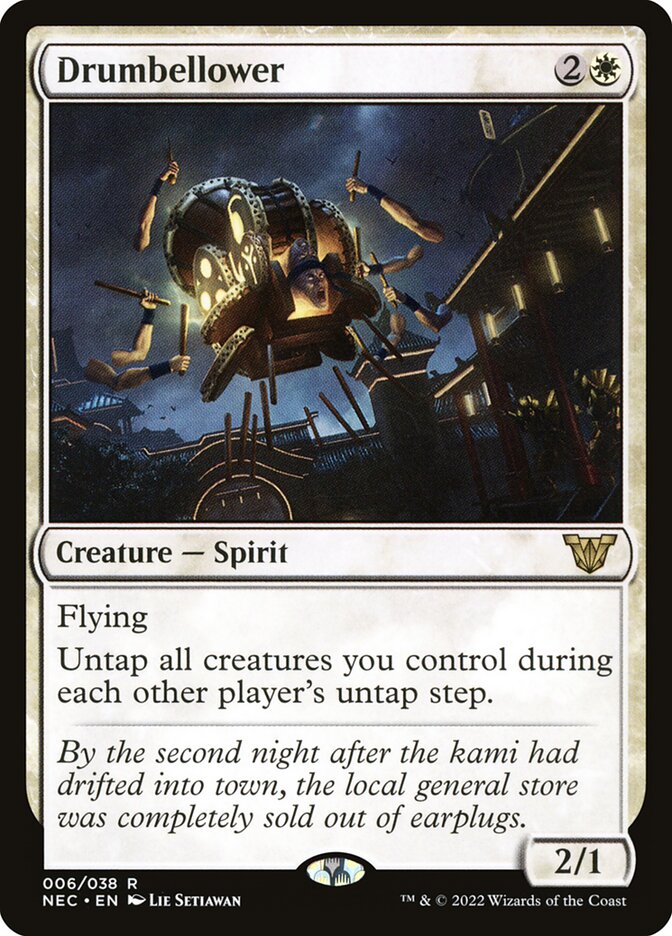
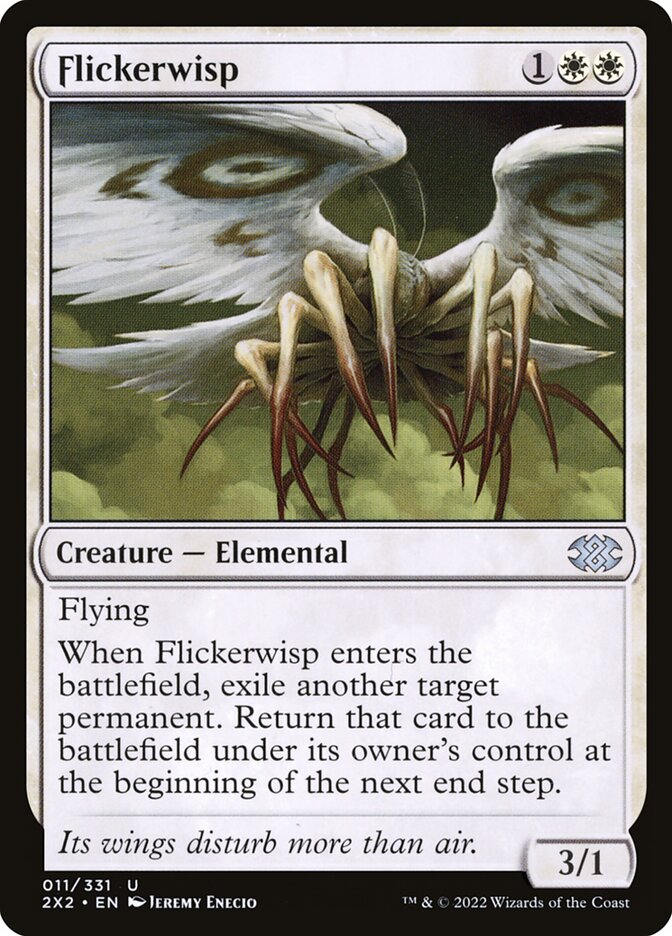
For white, I like to think of it as a color that can support the following archetypes: fliers, flicker (enters the battlefield effects), +1/+1 counters, tokens/sacrifice, and artifacts. Each of those archetypes is something I have paired with another color: flicker is blue/white. Counters is green/white. Fliers is blue/white. Tokens/sacrifice is black/white. Artifacts is white/blue/red. Sure, there are others that I could include, but for my purposes I’m going to focus on those few archetypes. Now, as I select cards to include from white I will begin by prioritizing cards that support those archetypes. In order to reach the level of archetype saturation that is needed, you need to make certain that you are picking cards that can support multiple archetypes. So, I could include Drumbellower as an efficient and defensive flier at the three mana mark, but a card like Flickerwisp is a much better inclusion. Flickerwisp is only an uncommon, but it is so much stronger for a cube that wants to support fliers, counters, and blink effects. Flickerwisp is going to be highly sought after by all three of those archetypes. Additionally, it works well across archetypes as well. So, I will obviously be including this card over Drumbellower. Objectively, Drumbellower might a potentially more powerful and broken card; it just doesn’t play well with enough archetypes to be as much value in my cube. Likewise, let’s look at Soul of Migration.
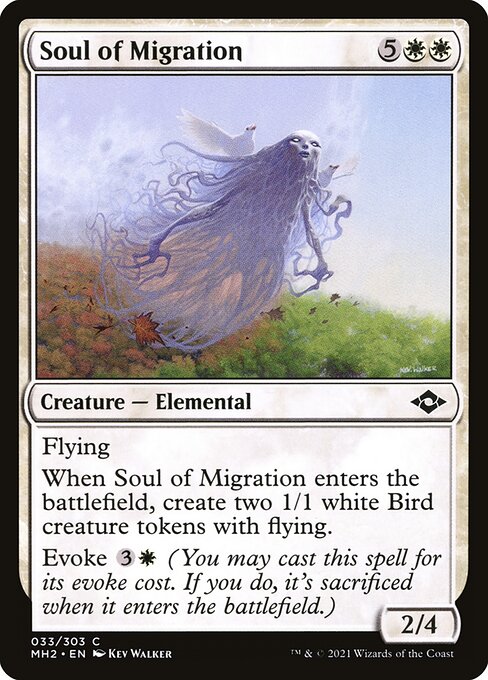
Yes, I’m going to choose this common over cards like say, Ancient Gold Dragon. Sure, Ancient Gold Dragon can support fliers and tokens, but it doesn’t support reanimation, blink, fliers, and tokens like Soul of Migration does. This is another instance where you might be tempted to just cram the most objectively powerful cards together, but that results in a cube that comes down to the luck of the pack crack. I don’t think we want a sealed-luck cube…we want a synergistic cube that rewards good choices during drafting. We want people to have decks that feel and play like constructed decks. This is why cards like Basri’s Lieutenant, Custodi Soulbinders, and Lulu, Loyal Hollyphant are all better choices for Commander Cube inclusion over other cards that may be objectively more powerful, but lack the ability to synergize with multiple archetypes. If a card only works well with one archetype I would only include it if it is a very powerful and potentially game-ending piece like Rally of Wings. Otherwise, I would strongly caution against including cards that only help to saturate a single archetype. It is a way to make a 500 card cube feel like a much deeper and more developed drafting environment.
Lands and Artifacts:
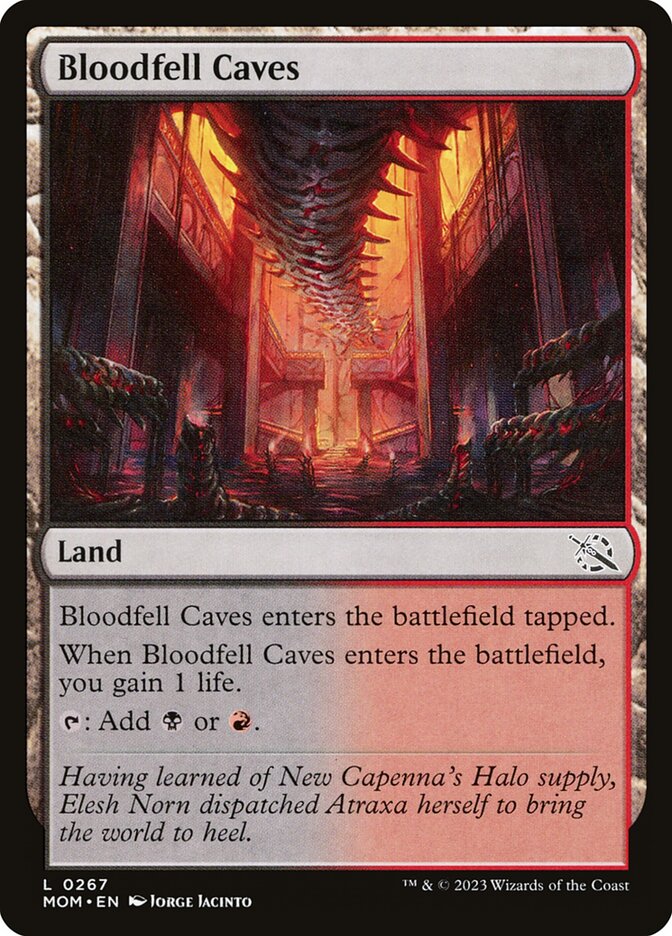

When choosing lands I would caution you against selecting only the best cards like the original duals, shock lands, fetches, and Ice-Age pain lands. The original duals when combined with traditional fetch lands are incredibly powerful and a very low opportunity cost to pick up during a draft. This makes people much more ready to give up picks in order to have a super smooth and super-fast mana base. I’m not opposed to people being able to play their spells. I just want to make sure that they are doing it at a pace that is fair and just. I really like using tapped multi-color lands, and I also enjoy using the Ravnica bounce lands as well. These types of lands give everyone access to the colors they need, but keep the game developing at a slower and I would argue fairer pace. This enables people to build games that tell stories and create exciting turns, big time plays, and late game bombs with multiple responses being dished out all over.
The artifacts are a little harder to balance. I’m personally inclined to give them the majority between lands, as they function as both archetypal support cards and mana fixing as well. Including some mana rocks chews up at least 20 or so cards with the artifact realm. However, that’s no reason to relegate artifacts to just a mana support role. You can easily add archetypes like golems or myrs or constructs or even thopters if you wanted to. So, don’t shy away from being creative with those artifacts. Feel free to scope out my choices for some great budget options.
Making Packs:
When building your packs, shuffle up your multi-colored legendary creatures and then you can begin each pack with 3 legends each from your legends pile. Since you 80 multi-colored legendary creatures you can easily make 24 packs, enough for two drafts. If you wish, you can just pack the extra legends into a few of the packs. I prefer to just let the mono-colored legends mix into the rest of the packs at random, but you could feel free to seed them as a four card in some of the packs as well. After you’ve seeded packs with legends, then you can simply add the necessary number of cards from the rest of your cube to finish off the 20 card packs. This is actually a fast and efficient process—it’s the shuffling the cards part that takes time. Once you have your packs set up you can separate them with index cards, top loaders, post-it notes, or any other divider you have laying around. This lets you have two drafts set up for four people or one draft for 8 players. Thus, pack-making is actually a fast and simple process. As a quick side-note, I really like having my seeded commanders be gold cards; you can quickly and efficiently separate seeded commander cards at the end of a draft when they are the majority of the multi-colored spells in existence. This is also why I chose to use very few multi-colored spells in the regular slots as well. So, make those stacks, and draft those packs. I’ll be back with some more details, theory, and suggestions for building your own Commander Cube (on a budget no less). Until I return, may the packs, selections, and the cards themselves be ever in your favor.







